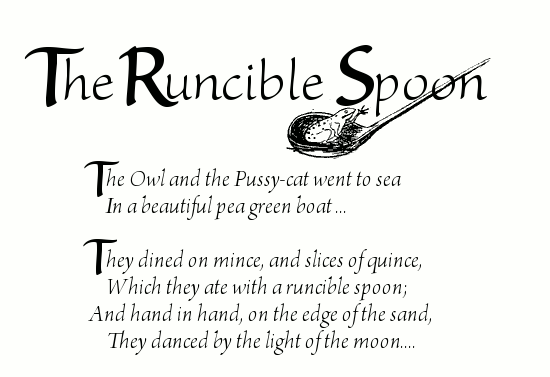
Pancakes are simple. You need a cup of flour, a cup of milk, an egg, and some oil, leavening, and salt. The batter is just thick enough to hold the bubbles as you cook it over a hot griddle, but just thin enough that it cooks quickly.
You can do better than the simple recipe if you give the pancakes just enough gluten to stay together but not so much that it gets tough and chewy. Most cookbooks will tell you to mix the dry ingredients separately from the wet, and to leave the batter lightly lumpy. This is because stirring works on the gluten, and too much stirring toughens the pancakes up. (You want that in bread, so you knead it. What’s good for the bread is bad for the pancake.) But if you leave the gluten out entirely, you’ll have pancakes that don’t want to stay together when you flip them.
So I make my pancakes with some oats (which have a soft and subtle flavor) and low-gluten “soft” wheat. I also use a thick milk—cultured buttermilk—so I can cut back on the flour. (Yogurt can also work, but I haven’t had as much success with it.) This works out to be an optimal balance for me. If I don’t have low-gluten flour, I use a little cornstarch in place of some of the flour (the long starch molecules can help bind the pancakes together). Because buttermilk is acidic, I use baking soda to leaven it. Baking powder doesn’t do much with an acidic batter.
I cook them on a cast iron, which gives the outside an almost pastry-like crust. Cat and I have a ceramic cooktop, and we feel we’re tempting fate every time we put the cast iron on it. I don’t turn it up quite as high as I’d like, but it still beats—by far—any electric griddle I’ve used. (It also mottles the pancake’s face more than a non-stick surface. Compare the picture above with almost every pancake glamor shot.) I also use a glass bowl to stir it. That way I can see if there are any hidden clumps of flour, and stir the batter very little and very gently.
Some people separate the eggs. I haven’t seen the benefit. If you do, go ahead. Before I could afford buttermilk, I mixed acid (lemon juice or vinegar) into the milk to make substitute buttermilk. I really don’t think that’s worth it, nor do I see the benefit of adding vanilla. Sourdough pancakes are too chewy for me, and yeast pancakes are too, well, yeasty. Both leavening techniques are better for waffles. When my pancakes come out just right, I wonder why I bother eating anything else. Grandpa used to mix licorice flavor into the batter. I recommend that only to the nostalgic.
This, then, is the recipe I follow, the one that works for me. Experiment, and let me know what works for you.
Buttermilk Pancakes
Why eat anything else?
Prep time: about 15 minutes. You get faster if you make them every day.
Dry stuff:
½ cup rolled oats
1¼ cup soft wheat flour
½ tsp baking soda
¼ tsp salt
I mix this up with an immersion blender, which partially grinds the oats. When I don’t have soft wheat I use hard wheat, and use corn starch for the last ¼ cup flour. You could try other grains in place of the oats. I’m not very exact on the salt (I use the ½ tsp measure to save on dishes, filling it about half full), and I may well use less.
Wet stuff:
2 cups cultured buttermilk
2 eggs
1 glug oil (probably somewhere between
⅛ and ¼ cup)—or, better, melted butter
Mix this up.
Pour the wet stuff into the dry stuff. Fold until there are no more pockets of flour.
Put it on a hot griddle, medium to medium-high heat. I use the ½ cup measure, since that’s what I’ve dirtied. It makes pancakes bigger than most people are used to.
Eat them hot, just as they come off. Do not wait until they're all done to start eating. I love them with salted butter and grade B maple syrup, or with full-fat plain yogurt and fresh berries or peaches. The owlcats love them with applesauce.






.jpg)

.jpg)